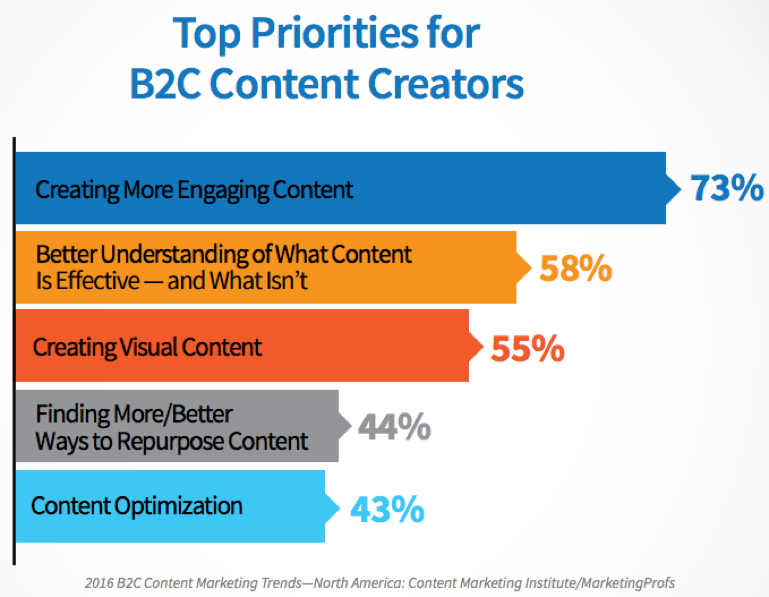The Advancement Of Pediatric Dentistry: Past, Present, And Future Trends
The Advancement Of Pediatric Dentistry: Past, Present, And Future Trends
Blog Article
Write-Up Produced By-Jennings Ebsen
As you discover the complex journey of pediatric dentistry, tracing its development from the past to today and glimpsing into the future, you'll discover a tapestry woven with technology and treatment. From historic landmarks to existing fads and future possibilities, the landscape of pediatric dental care is ever-changing and loaded with potential. Ready to uncover the tricks of just how this area continues to adjust and prosper, ensuring brighter smiles for generations to come?
Historic Landmarks in Pediatric Dentistry
Throughout history, pediatric dental care has seen significant innovations and turning points that have actually formed the area into what it's today. One vital turning point was the establishment of the initial oral college in 1840, where dental care began to be recognized as a specific field needing specific expertise and abilities. As the field evolved, the early 20th century saw the intro of oral X-rays, transforming diagnostics and treatment preparation for pediatric clients. Furthermore, the growth of fluoride treatments in the mid-20th century substantially enhanced preventative care and reduced the occurrence of dental cavity in youngsters.
An additional landmark in pediatric dentistry was the production of the American Academy of Pediatric Dental Care in 1947, which intended to promote optimum dental wellness for kids. This company played a crucial function in establishing criteria for pediatric oral care and advancing study in the field. These historic turning points laid the foundation for contemporary pediatric dentistry, stressing the significance of specialized take care of kids's oral health and wellness.
Current Trends in Pediatric Dental Treatment
Incorporating innovative technology and individualized preventative strategies, contemporary pediatric dental treatment continues to adjust to the evolving needs of young patients.
The adhering to patterns showcase the existing landscape of pediatric oral care:
1. ** Digital Dentistry **: Digital perceptions, 3D imaging, and CAD/CAM technology are reinventing the way pediatric dental professionals diagnose and treat oral wellness problems in kids. https://areveneerscoveredbyinsura29406.eedblog.com/33016924/the-most-recent-patterns-in-full-arch-replacement-modern-technology boost precision, efficiency, and individual comfort throughout dental treatments.
2. ** Tele-Dentistry **: With the surge of telemedicine, tele-dentistry has actually emerged as a convenient way for pediatric dental professionals to supply assessments, follow-ups, and also specific treatments remotely. This method enhances accessibility to care, particularly for individuals in country or underserved locations.
3. ** Preventive Focus **: Pediatric dentistry now puts a stronger emphasis on preventive measures such as sealants, fluoride treatments, and very early orthodontic interventions. By promoting https://rettsyndromenews.com/news/rett-patients-teeth-grinding-more-dental-work/ and regular oral sees from a young age, practitioners intend to prevent dental issues before they intensify.
Future Innovations in Pediatric Dental Care
Looking in advance, pediatric dental care is positioned to introduce advanced innovations and ingenious methods to further improve the dental health care of young individuals.
One interesting innovation imminent is the use of 3D printing in developing custom-made oral home appliances like braces and mouthguards, using an extra accurate and comfortable suitable for kids.
Furthermore, virtual reality (VR) technology is being discovered to help reduce oral stress and anxiety in young people by providing immersive distractions throughout treatments.
Nanotechnology is another location of interest, with the potential to develop nanomaterials that can remineralize teeth and avoid tooth cavities better.
Tele-dentistry is also acquiring traction, enabling remote examinations and monitoring, which can especially profit youngsters in country or underserved areas.
Moreover, genetic screening may soon play a role in personalized preventative care, identifying kids's predispositions to specific oral health conditions.
These innovations represent an exciting future for pediatric dentistry, assuring improved results and experiences for the youngest dental patients.
Final thought
As you reflect on the evolution of pediatric dentistry, remember that improvements in technology and individualized treatment continue to shape the area.
Visualize a child called Emily, that gained from a 3D printed oral home appliance that flawlessly fit her unique needs, ensuring her comfort and oral health.
The future of pediatric dental care holds exciting opportunities, using innovative options to enhance the dental experiences of young clients like Emily.
